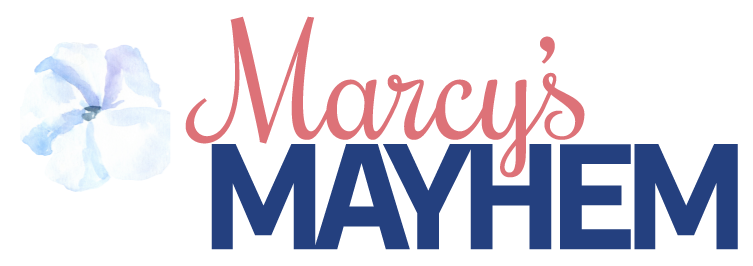Growing up, I always felt like math was so abstract, and almost nothing that I learned could be incorporated into the real world. However, the reality is that math is present in tons of aspects of our daily lives, including finances, travel, and leisure activities. Incorporating real-world applications into math education is crucial to help students develop a deeper understanding of mathematical concepts and their relevance in the world around them. The feeling I had as a kid doesn’t have to be how children feel about math today.
I originally created the Plan a Trip using a Budget lesson as an end-of-the-year activity to show kids in a fun way to learn more about budgeting. Over the years, this project has been something that teachers and homeschool parents love to use year-round. Take a look at the fun ways these eye-opening real-world math worksheets are designed explicitly for upper elementary and middle school students. These worksheets are intended to enhance students’ mathematical skills and foster critical thinking and problem-solving abilities.
The best part of this resource is it requires very little prep from a teacher or homeschool parent. I would recommend using the supplies below if you would like the project to appear as in the picture below.
Eye-opening Real World Math Worksheets for Everyday Expenses:
Understanding how to manage finances is a crucial life skill that students can begin to develop at a young age. One way to introduce budgeting concepts is by giving students an amount of money that they feel is large. Then, let them spend the money by planning a vacation. I have seen students’ jaws drop as they see how quickly money can be spent. In the picture below, I begin the project with a blank check of $10,000. Students think that is a lot of money (heck, I do too!).
Through real-world math worksheets that focus on expenses associated with planning a trip, such as plane tickets, car rentals, eating out at restaurants, entertainment, etc. Students begin to understand how quickly costs can add up.
These Real-world math worksheets can simulate the process of planning a vacation, allowing students to research destinations, estimate costs, and create an itinerary within a specified budget. By engaging in this activity, students practice mathematical skills such as addition, subtraction, and multiplication and develop critical thinking skills as they make decisions based on cost and feasibility.
Inside this Plan a Trip Project, kids will find
- Budget planning instructions
- File folder cover
- Brainstorming lists
- Instructions on planning a vacation, from buying appropriate clothing, travel costs, lodging, eating out, etc.
- Numerous planning pages
- Reflection pages
- Total cost sheets
- Rubrics for easy grading (students & teacher)
- Maps
- Postcard writing
Understanding the Budget: What budget should I give children?
Before diving into the nitty-gritty details of planning a budget-friendly vacation, it’s essential to understand the basics of budgeting. Upper elementary and middle school students often haven’t had to budget money much in their lives. When planning a vacation, your budget will include expenses such as transportation, accommodation, food, activities, and miscellaneous costs. As I mentioned, wowing kids with an enormous budget is a great way to help them understand how quickly a dollar can be spent. It can also give kids a sense of appreciation for how hard a parent or guardian has to work to save, plan, and execute a family vacation. But more importantly, when they have a clearer understanding of your money, this empowers kids to make informed decisions about where to allocate their funds and identify areas where they can save money.
More Real-World Project Based Learning Projects
For wanting to go more into depth about budgeting money and understanding how they need to use the money for life situations, check out the project below.
This project is designed to help kids plan their ideal life and understand the importance of budgeting. Through this project, kids can explore various aspects of their dream life, such as where they want to live, what kind of job they want to have, and what kind of hobbies and interests they want to pursue. By taking into account the costs associated with each of these elements, kids can learn how to create a budget that balances their wants and needs. This project can be a fun and engaging way for kids to develop financial literacy skills and gain a better understanding of the value of money.
Click here for more ➤ real-world math worksheets
Real-world math worksheets provide valuable opportunities for upper elementary and middle school students to engage with mathematical concepts in meaningful and relevant ways. By incorporating practical applications into math education, educators can inspire students to see the connections between mathematics and the world around them. Whether budgeting for everyday expenses, planning a trip, analyzing data, or exploring geometry in architecture, real-world math worksheets empower students to develop essential mathematical skills while fostering critical thinking and problem-solving abilities. So, let’s embrace the power of real-world math education and prepare students for success in school and beyond.
You can also find me on TPT ➔ Marcy’sMayhem
& on ETSY ➔ Marcy’s Mayhem
DISCLAIMER: Please note that some of the links in this blog post are affiliate links. This means that, at no additional cost to you, I may earn a small commission if you click through and make a purchase. I only recommend products and services that we have personally used and believe will be of value to our readers. Your support in purchasing through these links helps us to keep providing quality content. Thank you for your support!





Leave a comment